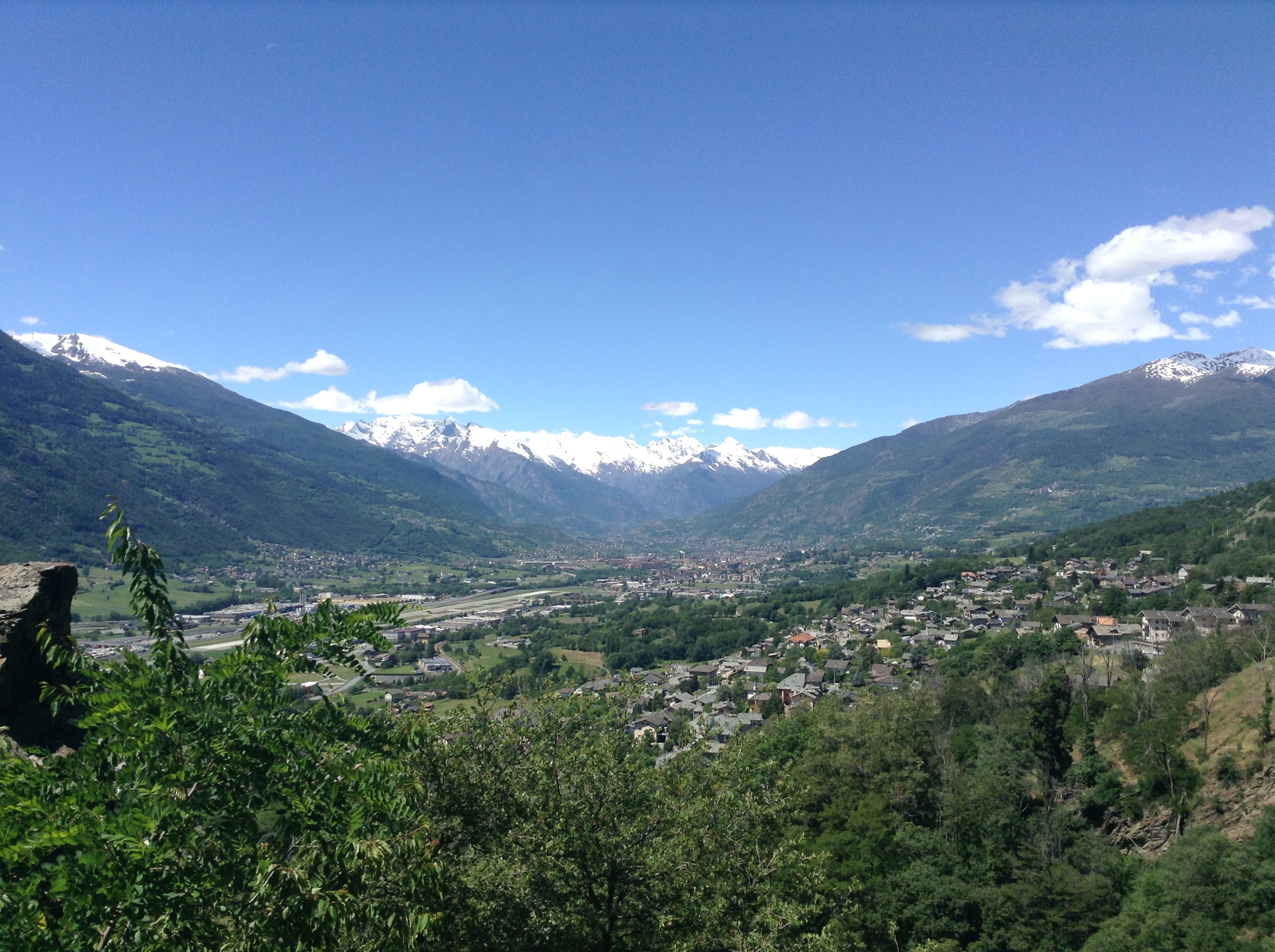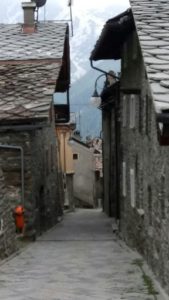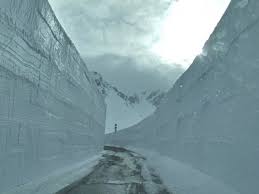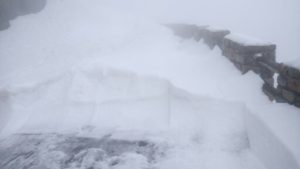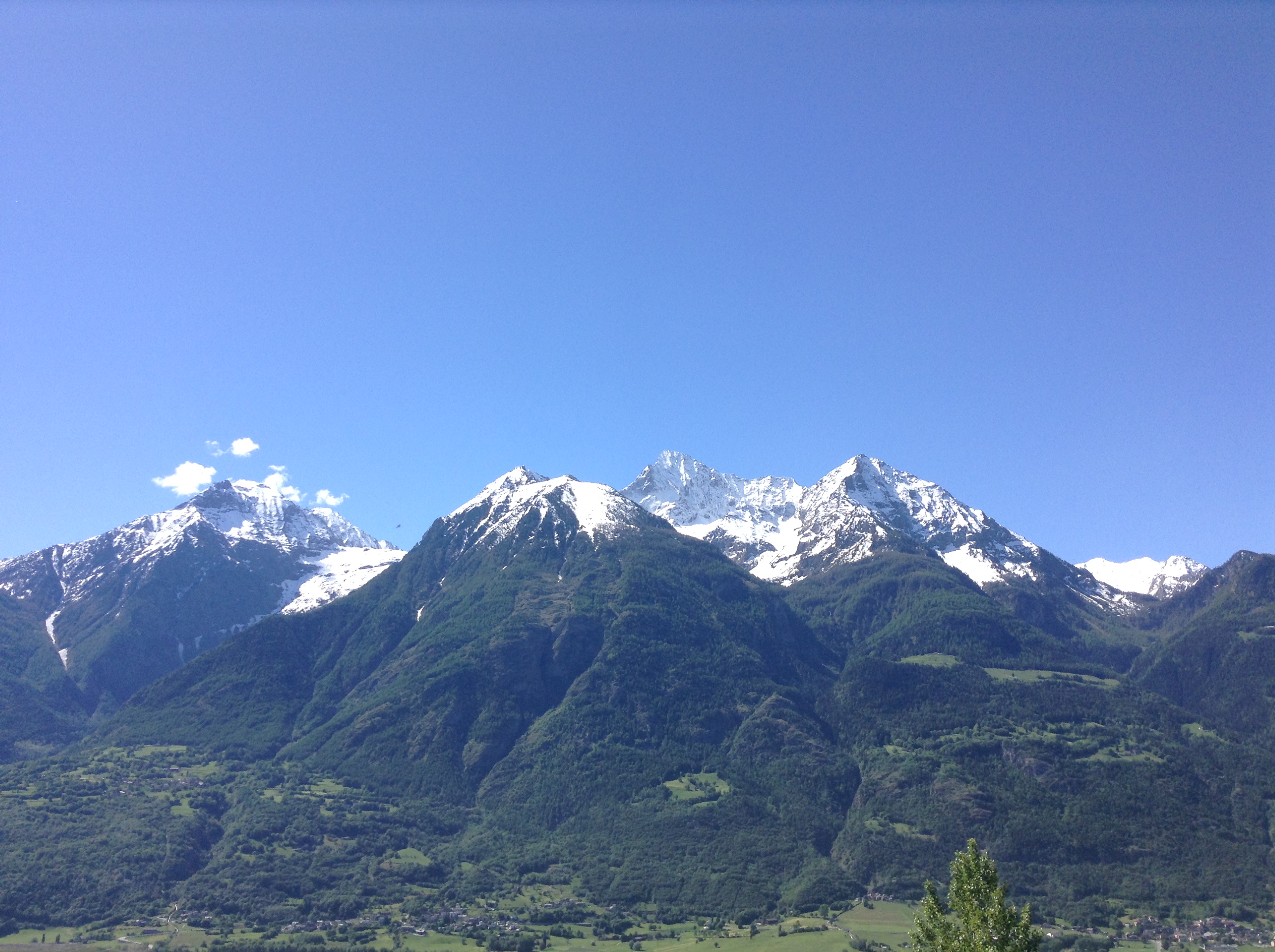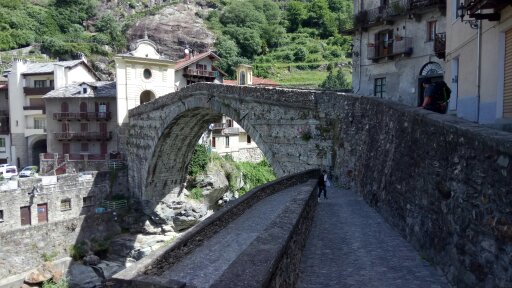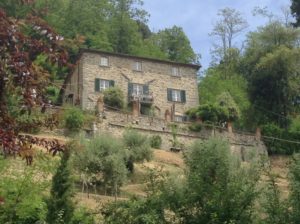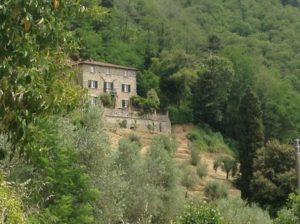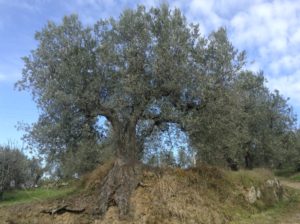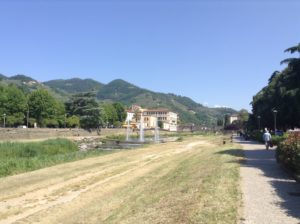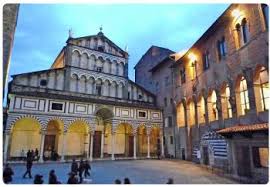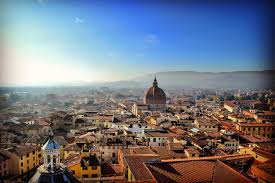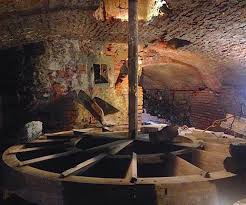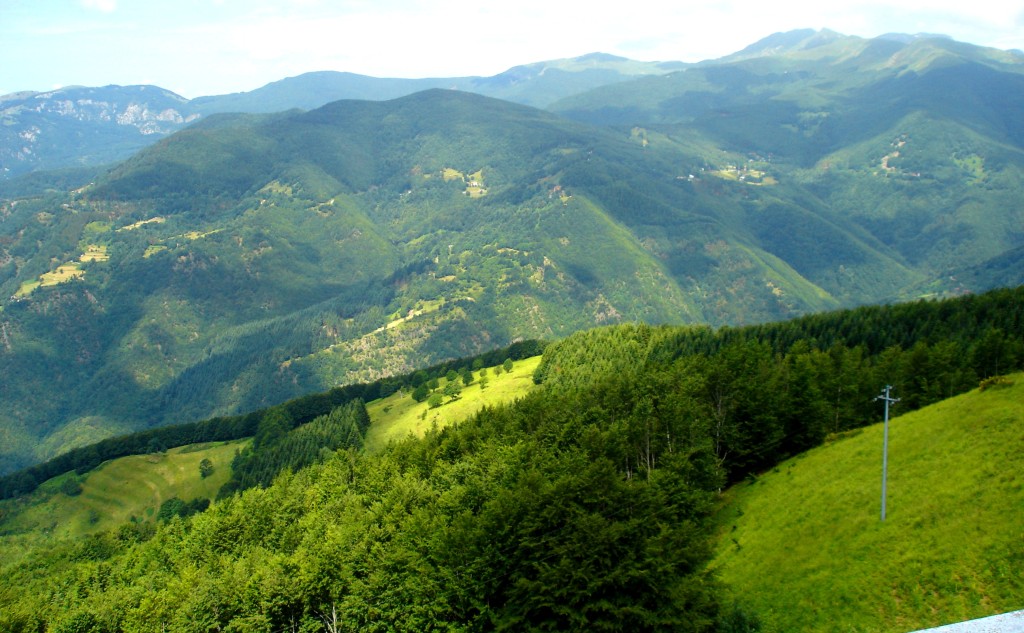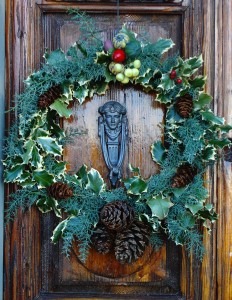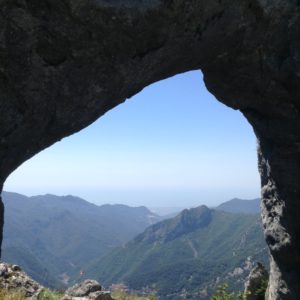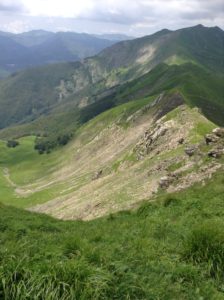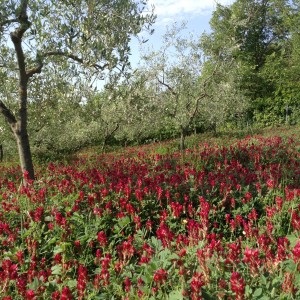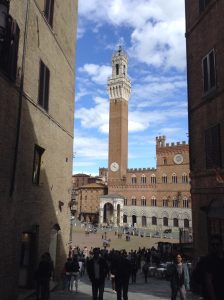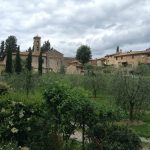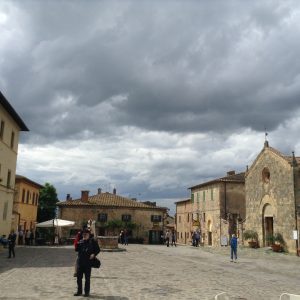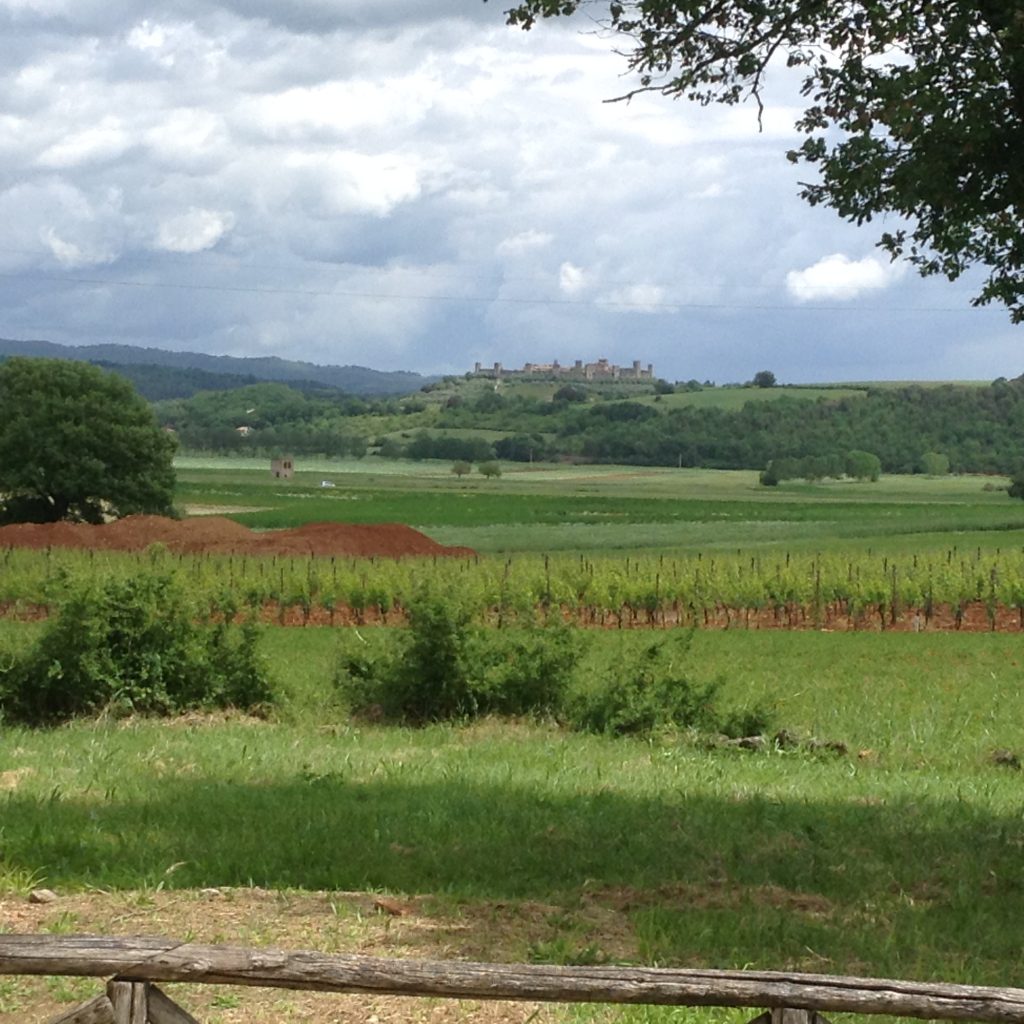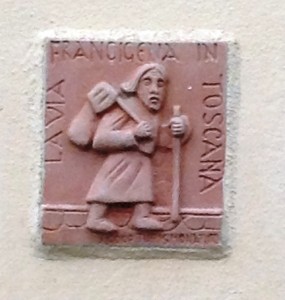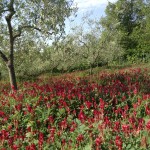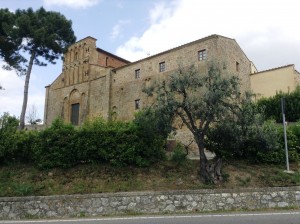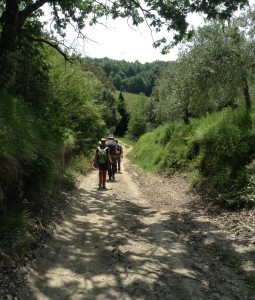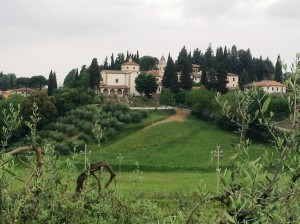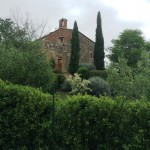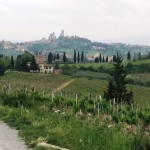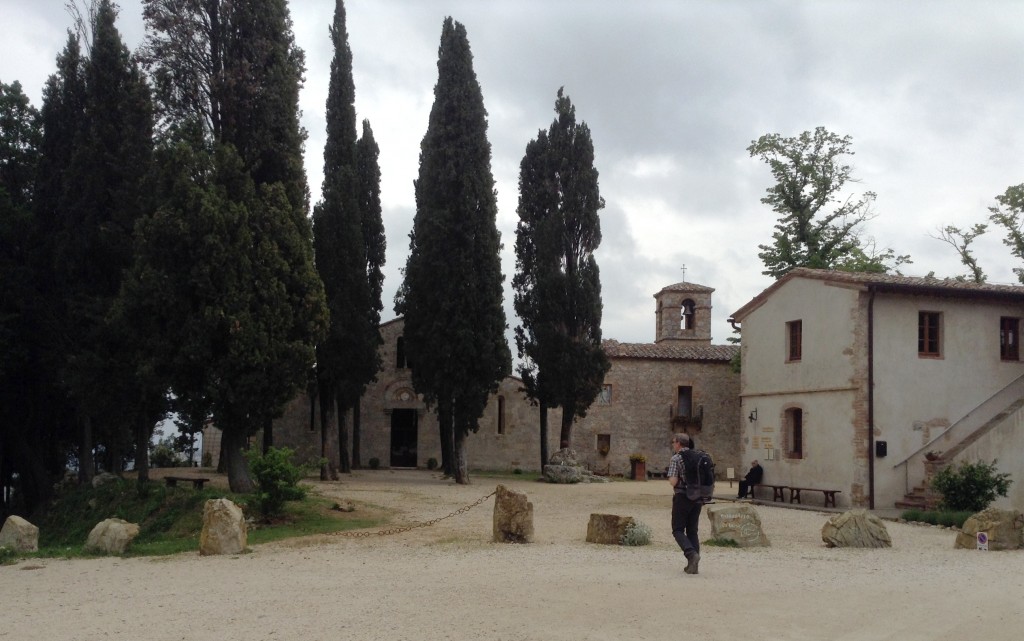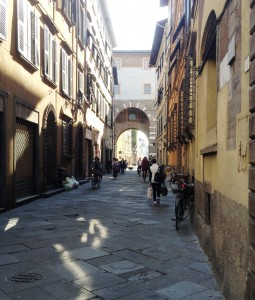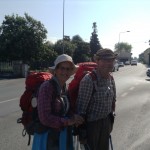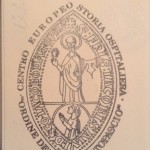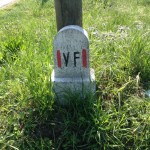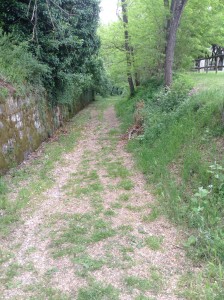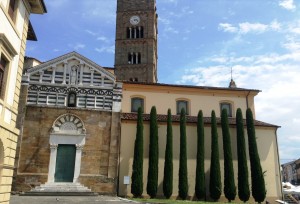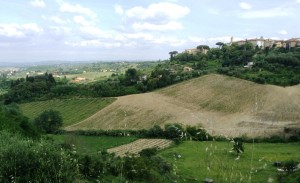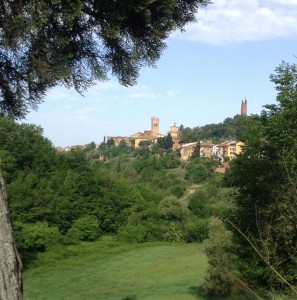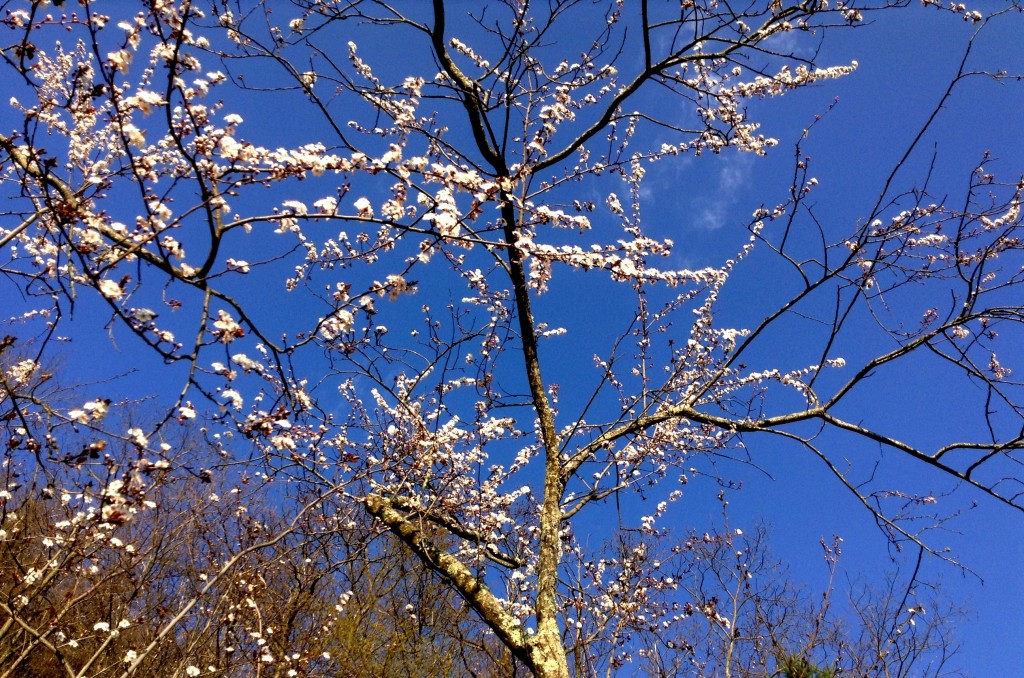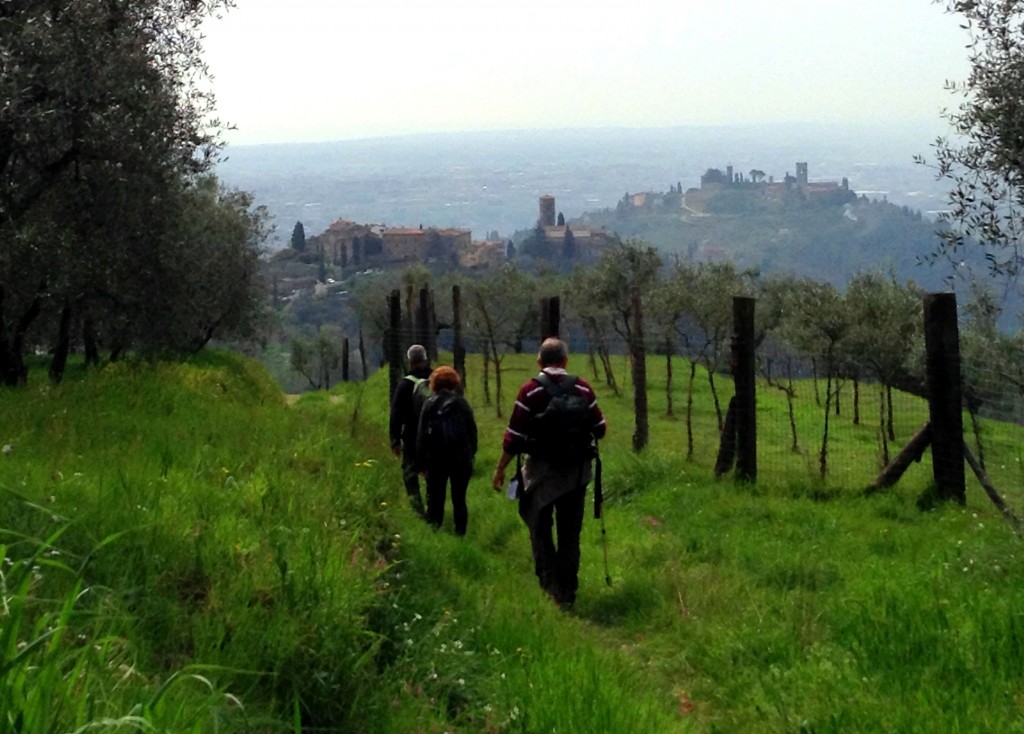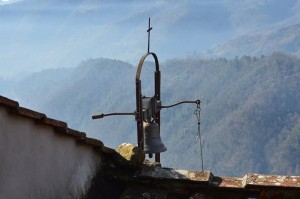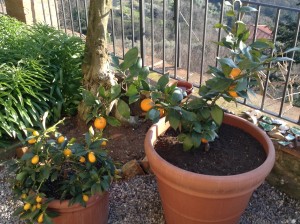Visit ParcoVilla Reale & Casa Verde
www.tuscanyholiday-casaverde.com
An Hour from Lucca Florence Pisa & the Coast
A visit to the Park of Villa Reale will surprise and delight you. A chance to immerse yourself in an ancient past with roots stretching back to the Medieval age. The extraordinary history of the Villa Reale estate has unfolded across the centuries with a series of transformations, witnessed by illustrious figures and royal dynasties. The first building was formed from a fortress, where the Duke of Tuscia lived during the early Medieval age.

The property subsequently passed to the Avvocati family and then to the Buonvisi, a noble Lucchese family of merchants and bankers who transformed the fortress into a magnificent building. After their downfall, the Buonvisi sold the majority of the family properties, including the Villa in Marlia near Lucca.
The historic residence was bought by Olivieri and Lelio Orsetti in 1651, who carried out modifications to the Villa and recreated the Park in a baroque style with the creation of courtyards, avenues and spectacular gardens, including the Green Theatre and the Lemon Garden.

During the 18th century, the Orsetti brothers also constructed the elegant Palazzina dell’Orologio, with its pillared loggia situated above the portico.

It was around this time, in 1806, that Elisa Bonaparte Baciocchi, Napoleon’s sister and Princess of Lucca, bought the property. From this point on, the Villa took the name “Reale” (Royal) from Elisa’s title as Queen of Etruria. The Princess had a strong bond with the residence in Marlia, proceeding with major works which transformed the structure of the building and the gardens. Shortly after the purchase, the Princess incorporated the Villa del Vescovo into the estate, and modernised the façade of the ancient Orsetti Palazzo in a neoclassical style. The entrance to the property was moved laterally, along with the creation of an impressive semicircular space, flanked by two small matching buildings designed by the architect Lazzarini. The Park was also partially redesigned in line with the 18th century fashion for English gardens. The most significant change was the elongation of perspective in the space in front of the Villa. This is characterised by a slight incline to highlight a sense of movement, as per the Romantic taste. The Park of Villa Reale was also adorned with statues and vases created with precious white marble from the Eugeniana Academy of Carrara.
Elisa had to leave the kingdom in February 1814, after the fall of Napoleon. The Princedom of Lucca was transformed into the Duchy, assigned to Carlo Ludovico of Bourbon, and to the mother of Maria Luisa Infanta of Spain. Villa Reale then became the summer residence of the new court, who delighted in organising splendid dances, often hosting distinguished individuals, noblemen and royalty. In 1847, Carlo Ludovico of Bourbon abdicated, bringing an end to Lucca’s political autonomy, when it was annexed to the Grand Duchy of Tuscany. In the second half of the 1800s, the historic residence passed into the hands of the King of Italy, becoming the property of Vittorio Emanuele II, who decided to transfer it to Penelope Carolina, the widow of Carlo of Bourbon, Prince of Capua. When she died in 1882, the estate was passed to the two children, Vittoria Augusta and Francesco Carlo, whose mental illness earned him the name “The Mad Prince”. When his sister Vittoria died, the prince was aided by a guardian who dealt with the management of the family property. The Villa Reale estate was put up for sale. Many items of furniture were sold at auction, and many trees within the Park were cut down for timber.

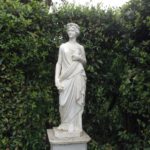 The Count and Countess Pecci-Blunt bought the estate in 1923. The next year they commissioned the famous French architect Jacques Greber for the restoration of the Park and gardens, with the aim of uniting tradition and innovation. Woodland, streams, a lake, and other bucolic features were created to complete and enrich the existing romantic picture created by the classic Italian gardens.
The Count and Countess Pecci-Blunt bought the estate in 1923. The next year they commissioned the famous French architect Jacques Greber for the restoration of the Park and gardens, with the aim of uniting tradition and innovation. Woodland, streams, a lake, and other bucolic features were created to complete and enrich the existing romantic picture created by the classic Italian gardens.
Almost a century later, in 2015, a young Swiss couple bought the by then neglected estate, having fallen hopelessly in love with it. A mere two months later, a terrible storm hit the estate and uprooted many centuries-old trees, complicating the ongoing renovation of the park. Despite the numerous difficulties, the owners decided to accept the challenge of bringing the Villa Reale back to its former glory, initiating significant restoration.
Visit us & Villa Reale www.tuscanyholiday-casaverde.com an Hour from Lucca Florence Pisa & the Coast
See Villa Reale @ www.parcovillareale.it
Entry to the Park 8 Euros’ (The Villa is not open to the public at the moment.)
From CASA VERDE near LUCCA


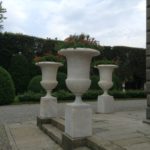
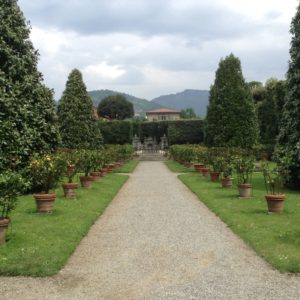
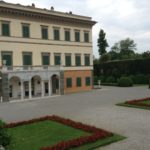
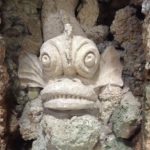
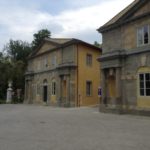
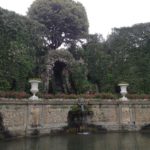
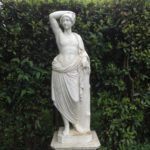
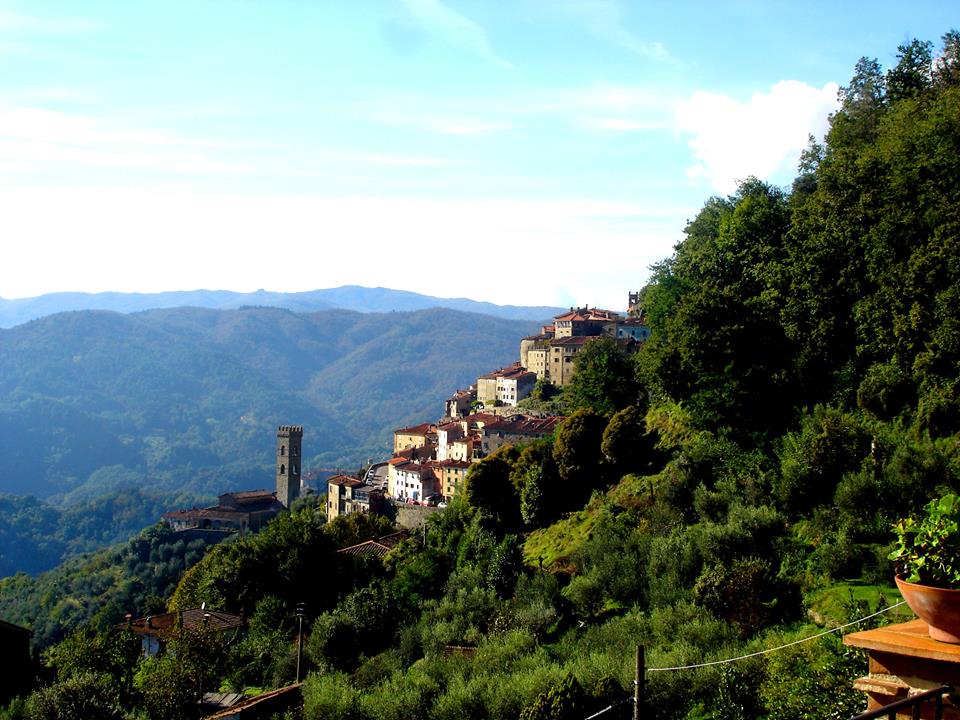
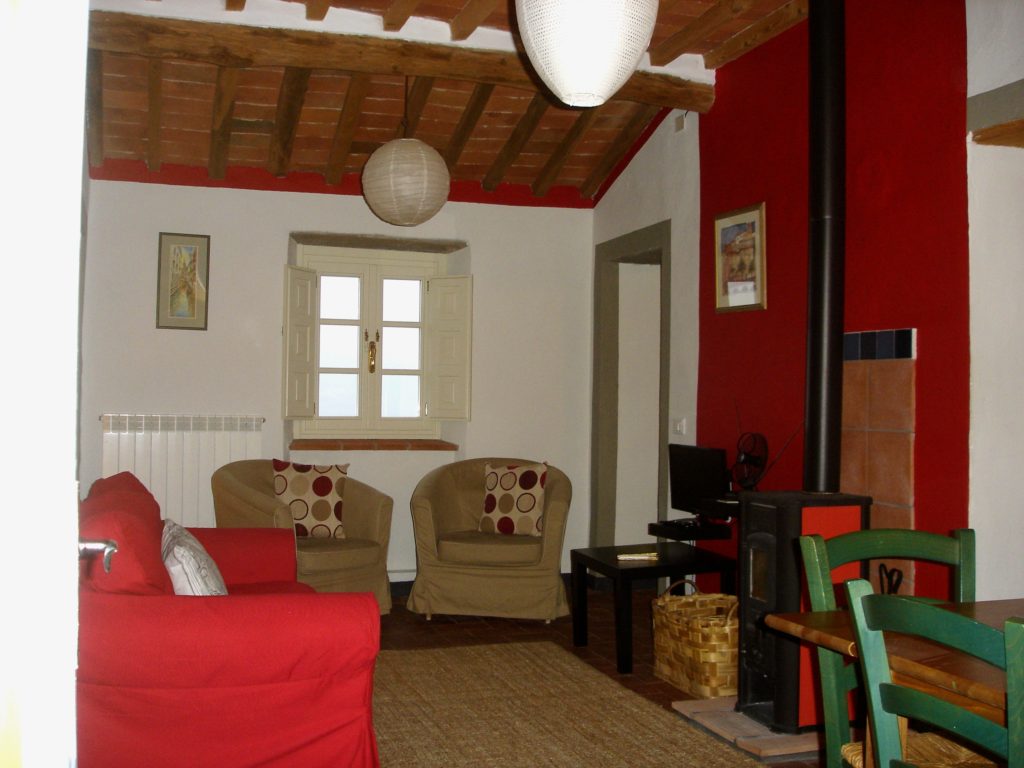
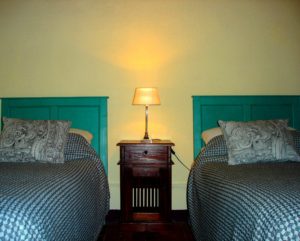

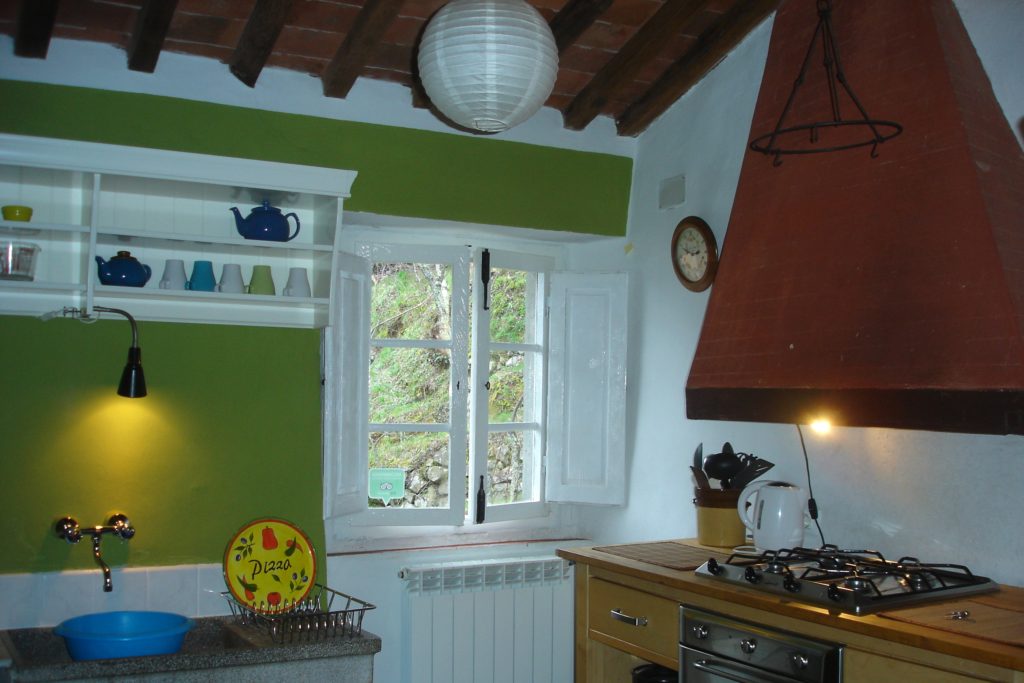
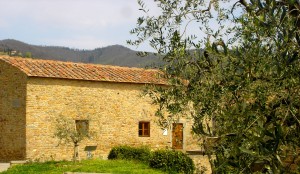
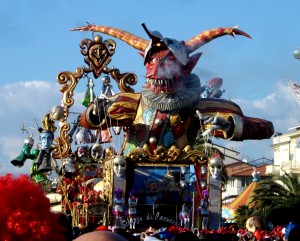
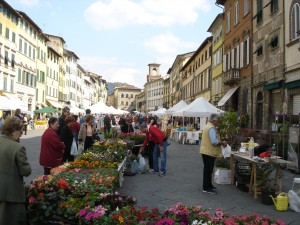
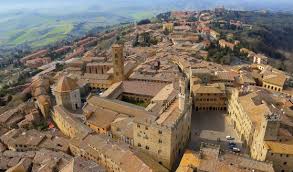
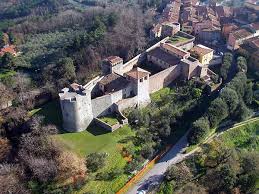
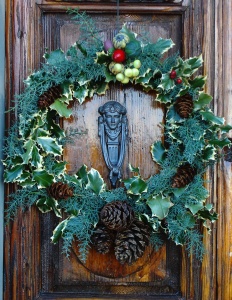

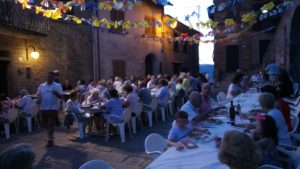
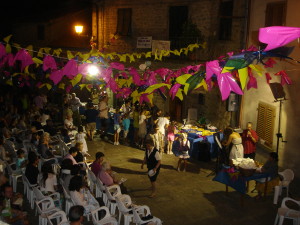
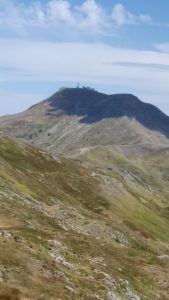
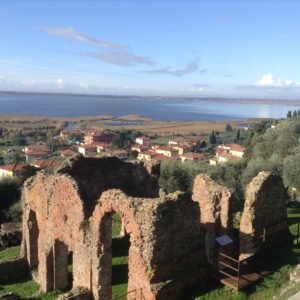
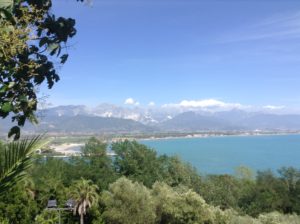
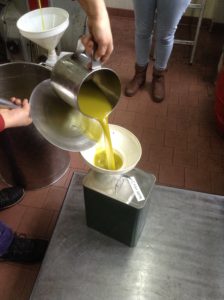
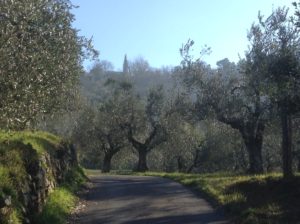
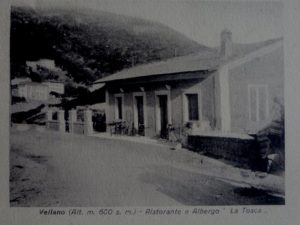
 !
!